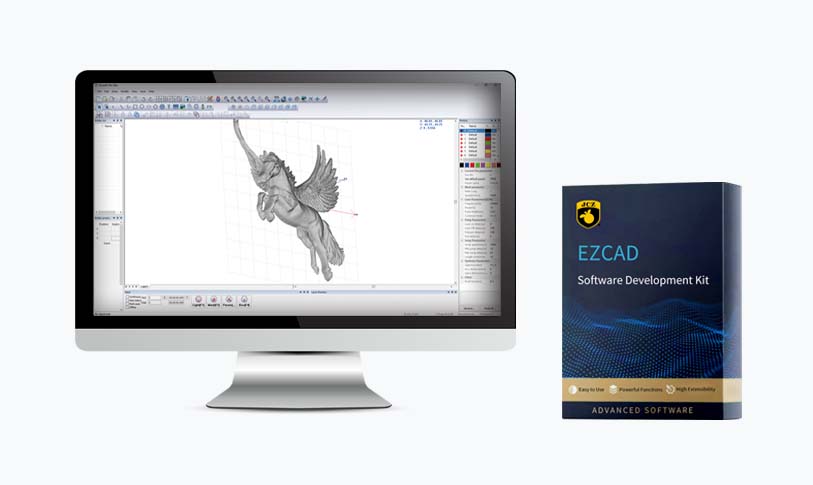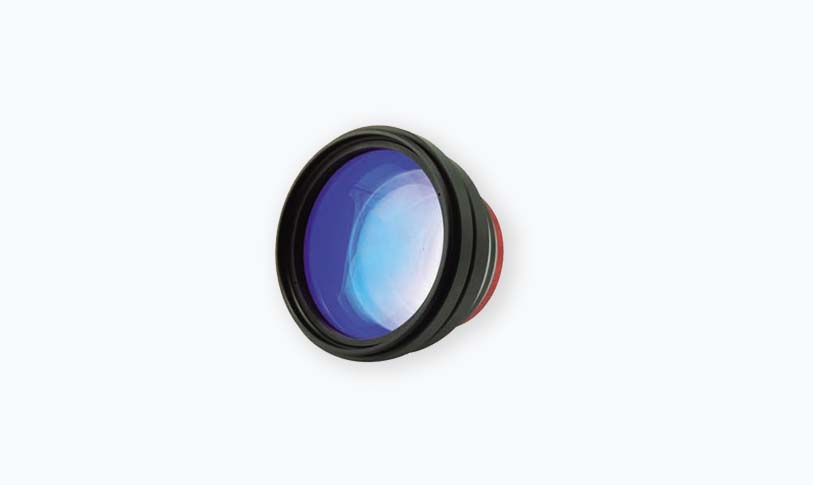[fiber laser mopa]Exploring the Versatility and Advantages of Fiber Laser MOPA Technology in Industrial Applications
****
In recent years, fiber laser technology has made significant strides in various industrial applications, and one of the most promising advancements in this field is the MOPA (Master Oscillator Power Amplifier) configuration. Fiber laser MOPA systems stand out due to their versatility, precision, and efficiency, making them a favorite choice across industries ranging from manufacturing to medical applications. This article delves into how fiber laser MOPA technology works, its key advantages, and its burgeoning role in diverse sectors.

Exploring the Versatility and Advantages of Fiber Laser MOPA Technology in Industrial Applications
Understanding Fiber Laser MOPA

Exploring the Versatility and Advantages of Fiber Laser MOPA Technology in Industrial Applications
A fiber laser comprises a gain medium made of optical fibers, doped with rare-earth elements like ytterbium or neodymium. The MOPA architecture divides the laser into two main components: the Master Oscillator, which generates the initial light, and the Power Amplifier, which boosts this light. By separating these functions, MOPA systems offer enhanced control over the laser’s parameters, leading to superior performance.
In practice, the MOPA architecture allows for pulse width modulation and high peak power output without compromising beam quality. This makes fiber laser MOPA systems exceptionally suited for applications requiring high precision and adaptability to varying material types.
Key Advantages of Fiber Laser MOPA
1. **Pulse Control and Flexibility**: One of the standout features of fiber laser MOPA systems is the ability to tailor the pulse width. Users can adjust pulse durations, from nanoseconds to microseconds, allowing for adaptable processing capabilities. This is particularly advantageous in applications like engraving, marking, and micro-machining, where precise control over thermal effects is crucial.
2. **High Peak Power Output**: The MOPA configuration can produce bursts of energy that significantly exceed the average power of traditional continuous-wave lasers. High peak power enables the efficient processing of reflective materials like aluminum and copper, which can be challenging to work with at lower power levels.
3. **Improved Marking Quality**: Thanks to tighter control over pulse width and energy delivery, fiber laser MOPA systems produce cleaner marks with minimal heat impact. This results in high-contrast, high-resolution markings essential for branding, identification, and traceability in sectors like automotive and electronics.
4. **Material Versatility**: Fiber laser MOPA systems can process a wide range of materials, including metals, plastics, and ceramics. Their adjustable parameters allow operators to fine-tune the process based on the material’s specific characteristics, extending their applicability across various industries.
5. **Lower Operating Costs**: While the initial investment for advanced fiber laser systems can be high, the long-term operating costs tend to be lower than traditional laser systems. Fiber lasers require less maintenance, consume less power during operation, and possess a longer lifespan, making them an economically sound choice for businesses.
6. **Compact Design and Ease of Integration**: Unlike some older laser technologies, fiber laser MOPA systems tend to be more compact, facilitating easier integration into existing production lines. Their robustness and reliability reduce the need for extensive downtime, enhancing overall productivity.
Applications of Fiber Laser MOPA

Exploring the Versatility and Advantages of Fiber Laser MOPA Technology in Industrial Applications
The realm of applications for fiber laser MOPA systems is vast and varied. In the **manufacturing industry**, they are successfully used in metal forming, welding, and laser cutting, thanks to their superior ability to pulverize metals efficiently. Moreover, industries such as **automotive** and **aerospace** benefit from precision marking and engraving for identification and safety purposes.
In the **medical sector**, fiber laser MOPA technology is paving the way for minimally invasive surgery techniques and the precise cutting of medical devices. The ability to control pulse duration means that surgeons can perform delicate operations with reduced thermal damage to surrounding tissues.
Furthermore, **electronic industries** leverage fiber laser MOPA systems for efficient component marking and circuit board processing, ensuring that the quality and reliability of products meet stringent standards.
Conclusion
As industries continue to seek higher efficiency, precision, and cost-effectiveness, fiber laser MOPA technology stands at the forefront of innovation. Its unique design and capability to customize laser parameters make it an invaluable tool across various sectors. With ongoing advancements and increasing adoption, the future of fiber laser MOPA technology looks exceptionally bright, promising to unlock new possibilities in the realm of industrial processing and fabrication.galvo system
